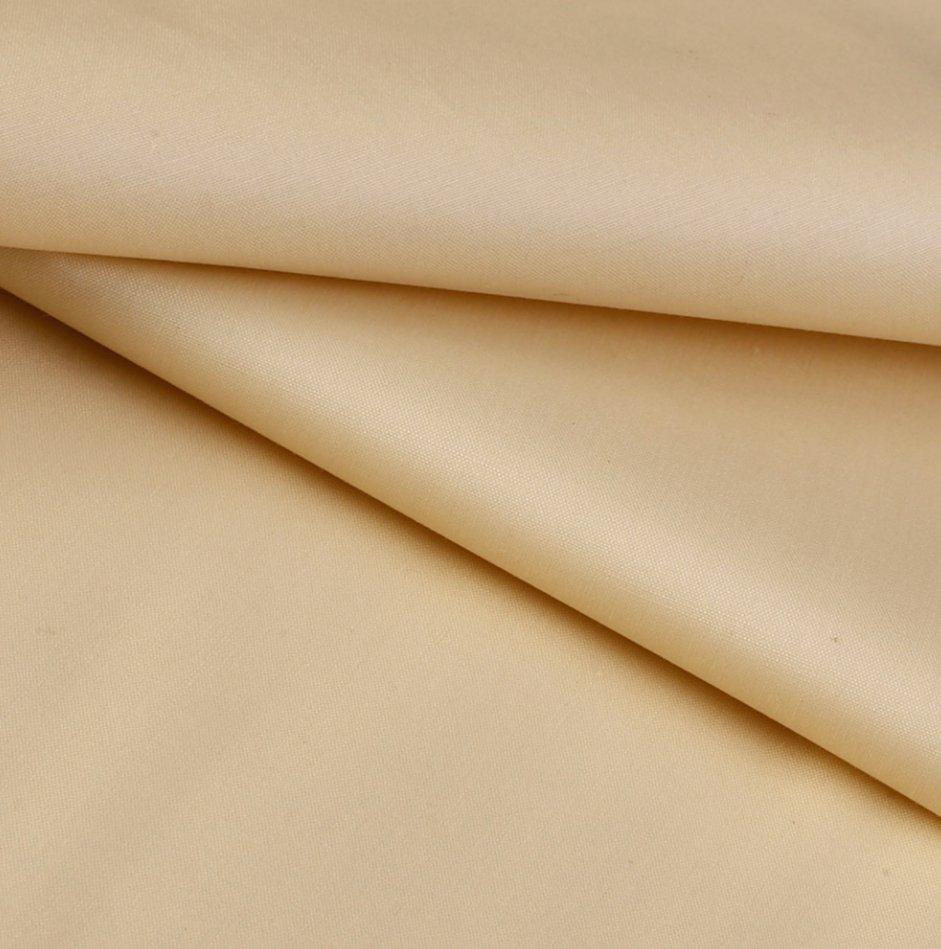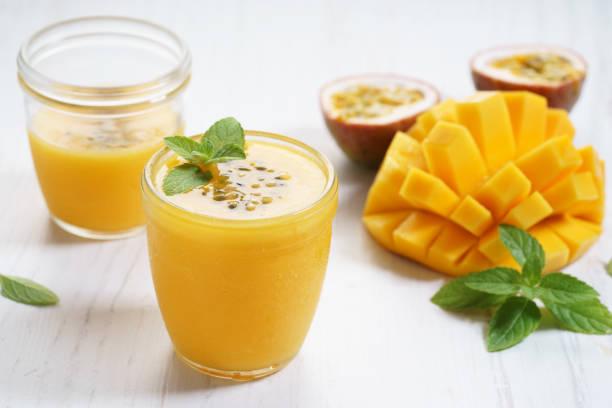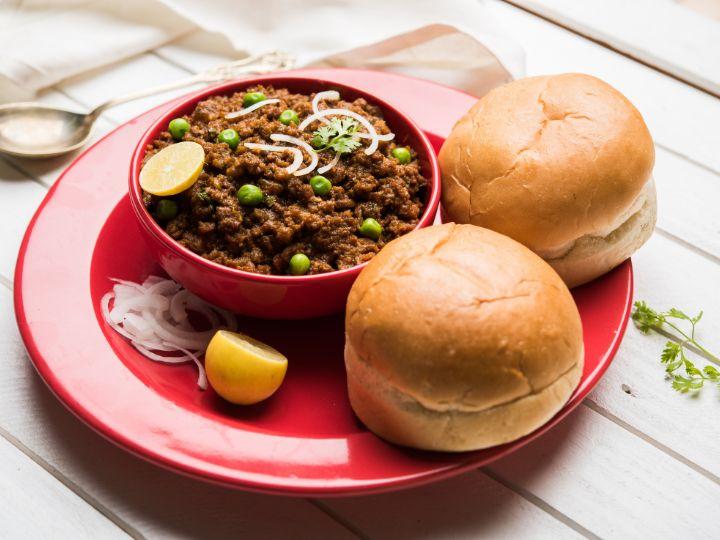How to Choose the Right Boski Cloth for Your Needs

Boski cloth has long been celebrated in South Asian fashion for its smooth texture, elegant appearance, and luxurious feel. Often associated with premium attire, especially men’s formal and semi-formal wear, Boski has earned a reputation as a fabric that effortlessly combines comfort with sophistication. From sherwanis and waistcoats to shalwar kameez and formal suits, Boski remains a preferred choice for those who want their clothing to stand out with timeless grace.
But with the variety of Boski fabrics available in the market today—differing in quality, finish, and price—it can feel overwhelming to select the right one for your needs. Whether you’re shopping for everyday wear, a wedding outfit, or corporate attire, knowing what to look for in Boski will help you make a smart and satisfying choice.
In this blog, we’ll take a closer look at Boski cloth, explore its different types, and highlight key factors to consider before making your purchase.
What is Boski Cloth?
Boski is a type of fabric originally made from natural silk fibers, known for its rich sheen and soft drape. Over time, with advancements in textile production, Boski now comes in various blends—pure silk, silk blends, cotton-silk, and even synthetic imitations designed to resemble the original. The common thread between all variations, however, is the fabric’s smooth texture and luxurious appearance, which makes it highly desirable.
Boski is particularly popular for men’s clothing in Pakistan, India, and other regions where traditional wear is common. The fabric’s slightly glossy finish elevates even simple designs, making it a go-to for festive, formal, and ceremonial outfits.
Types of Boski Cloth
When shopping for Boski, you’ll encounter different grades and blends. Understanding these can help you determine which one best fits your purpose.
-
Pure Silk Boski
-
Considered the most luxurious form of Boski.
-
Features a natural sheen, incredible softness, and a lightweight drape.
-
Premium in cost, making it more suitable for weddings, formal gatherings, or high-end tailoring.
-
-
Cotton-Silk Blend Boski
-
A practical alternative to pure silk.
-
Offers breathability from cotton and sheen from silk.
-
Perfect for summer wear, casual occasions, or those looking for elegance with added comfort.
-
-
Synthetic Boski (Polyester or Mixed Fibers)
-
Made from man-made fibers designed to mimic the look of silk.
-
More affordable than natural Boski, durable, and easier to maintain.
-
Ideal for everyday wear or budget-friendly fashion choices.
-
-
Handwoven Boski
-
Crafted traditionally, often considered more artistic and unique.
-
Each piece may have subtle variations that add to its charm.
-
Suitable for those who value craftsmanship and exclusivity.
-
Factors to Consider When Choosing Boski
1. Purpose of Use
Before buying, think about why you’re purchasing Boski. Is it for everyday shalwar kameez, a special wedding outfit, or perhaps a corporate suit?
-
For everyday wear, lightweight cotton-silk blends or synthetic Boski are ideal. They are breathable, comfortable, and easy to maintain.
-
For formal occasions, invest in pure silk Boski for its unmatched shine and sophistication.
-
For semi-formal or festive events, a mid-range cotton-silk blend works beautifully, balancing elegance with comfort.
2. Season and Climate
Boski can vary in weight and thickness. Pure silk is usually lighter, while blends and synthetics can come in denser weaves.
-
In summer, opt for lightweight Boski blends that allow breathability and prevent overheating.
-
In winter, a slightly heavier Boski with a denser weave provides warmth without compromising elegance.
3. Fabric Quality
Not all Boski is made the same. Here’s how to evaluate quality:
-
Texture: High-quality Boski feels smooth and supple without roughness.
-
Sheen: Genuine silk Boski has a natural, soft glow rather than an overly shiny, artificial gloss.
-
Durability: Pure silk, while luxurious, can be delicate. Blends are often stronger and more practical for repeated use.
4. Budget
Boski comes in a wide price range. Pure silk Boski is undoubtedly expensive, often reserved for special occasions. If you’re on a budget, blends or synthetic Boski provide the look without the hefty price tag. Always align your purchase with both your fashion goals and your financial comfort zone.
5. Color Choices
Boski takes dye beautifully, offering vibrant shades as well as subtle pastels.
-
For traditional wear, classic whites, creams, and beiges are timeless.
-
For festive or wedding wear, rich colors like maroon, royal blue, emerald green, and gold stand out.
-
For corporate or formal settings, neutral tones such as grey, black, or navy make excellent choices.
6. Ease of Maintenance
Boski can sometimes require special care. Pure silk usually demands dry cleaning, while blends and synthetics can be washed more easily. If you’re buying Boski for regular use, consider the practicality of cleaning and maintenance.
Styling Boski Cloth
One of the best things about Boski is its versatility in styling. Here are a few ideas:
-
Shalwar Kameez: A Boski shalwar kameez in cream or white with subtle embroidery exudes understated elegance.
-
Waistcoat Pairing: Layering a Boski kurta with a contrasting waistcoat is a classic semi-formal look.
-
Sherwani: For weddings, Boski sherwanis bring a regal finish, especially when adorned with embellishments.
-
Suits: Tailored Boski suits are a modern twist, ideal for evening events or parties.
Tips for Buying Boski Cloth
-
Buy from Trusted Sellers – Always purchase from reputable stores to ensure authenticity. Counterfeit Boski is common, and only trusted sources can guarantee quality.
-
Check Fabric Weight – A lighter weave is better for summer, while a denser weave is suitable for winter.
-
Feel the Fabric – Run your hand across the cloth. Genuine Boski should feel smooth without stiffness.
-
Match Your Skin Tone – Choose colors that complement your complexion to enhance your overall look.
-
Purchase Adequate Length – Traditional outfits like shalwar kameez often require more fabric (around 4.5 to 5 meters), so buy accordingly.
Why Boski is Worth the Investment
Boski may not be the cheapest fabric, but it is undoubtedly one of the most rewarding in terms of style, comfort, and timeless appeal. Unlike trendy materials that fade out of fashion, Boski has stood the test of time for centuries. Its unique ability to make even simple clothing look distinguished is what makes it special.
Whether you choose pure silk Boski for its unmatched luxury, a cotton-silk blend for its practicality, or a synthetic option for affordability, you’ll be investing in a fabric that carries cultural significance and sartorial elegance.
Final Thoughts
Choosing the right Boski cloth depends on your purpose, budget, and personal style. By understanding the different types of Boski and evaluating factors such as quality, season, and care requirements, you can select fabric that not only meets your needs but also enhances your wardrobe for years to come.
Boski is more than just a fabric—it is a symbol of refined taste, tradition, and elegance. With the right choice, you can enjoy its luxurious charm in everyday wear, festive outfits, or once-in-a-lifetime celebrations.








